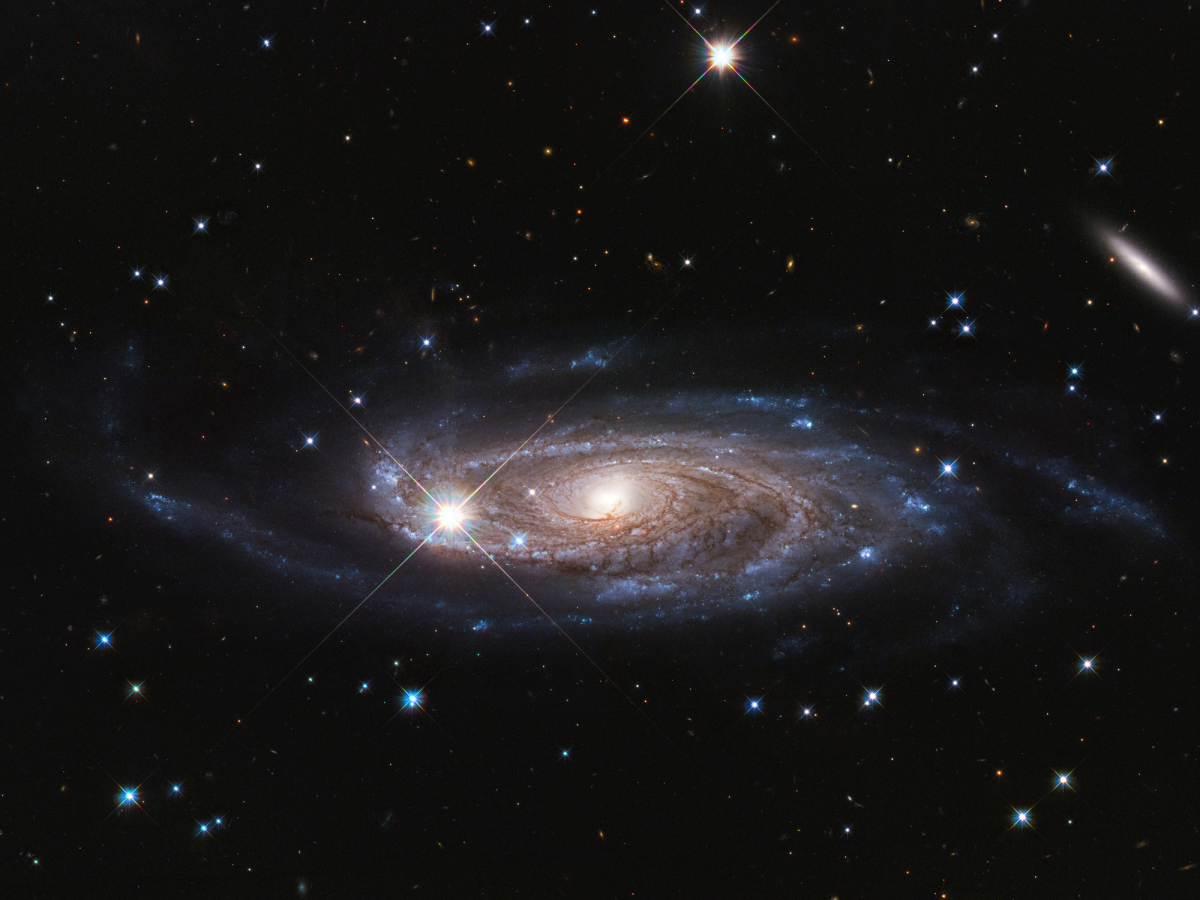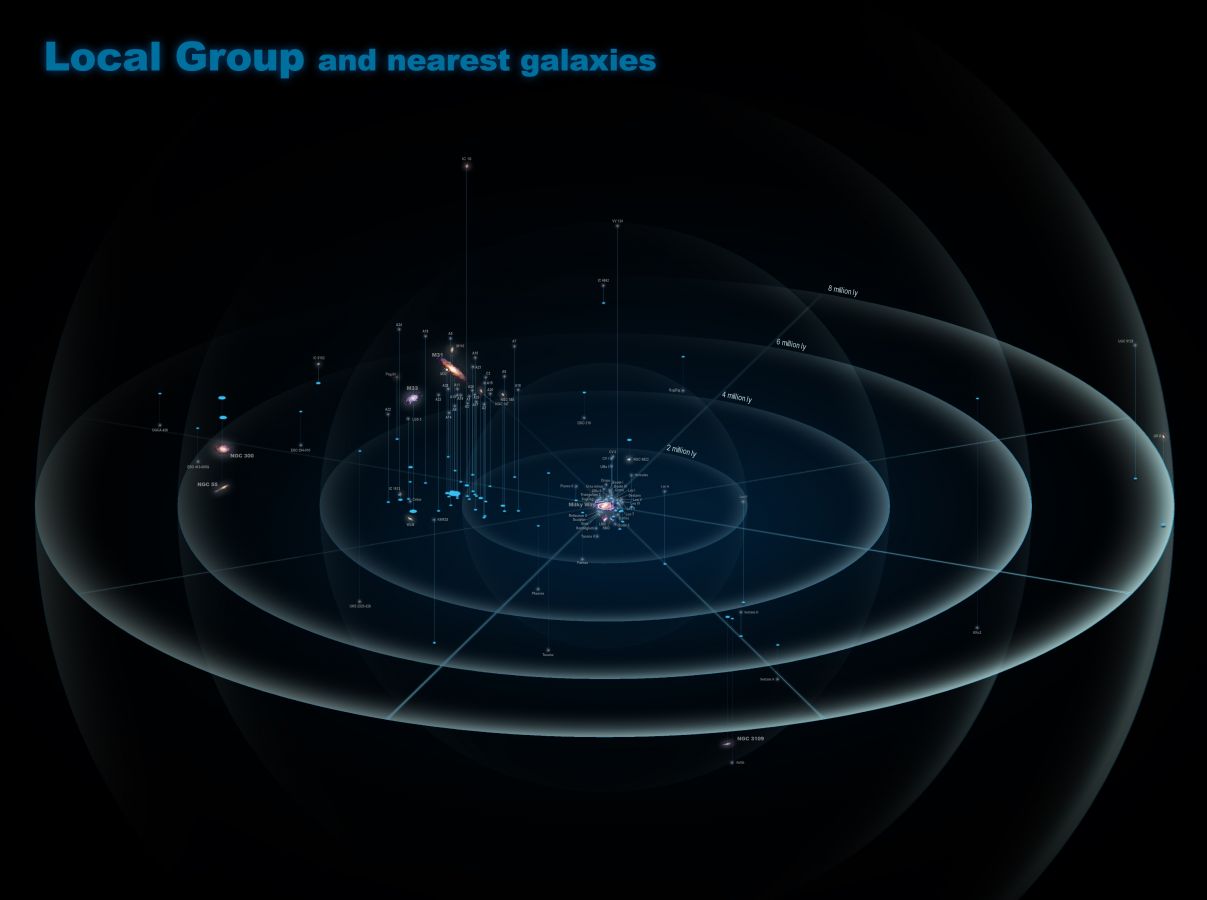Located about 232 million light-years in the northern constellation Perseus is UGC 2885 or nicknamed “Rubin’s Galaxy.” This galaxy is 2.5 times wider than our own Milky Way! It also contains 10 times as many stars which results in as much 4 trillion stars! Now you really get a sense of why astronomers are referring to it as the largest galaxy known to date.

Rubins galaxy is enormous and really quite relaxed for a giant. The number of stars it produces is half the rate of our Milky Way. That means it’s really slowing down at the star factory. Also, the supermassive black hole in the center of it is also taking a break and not feeding on any smaller satellite galaxies.
This galaxy falls under a special category called “field galaxies.” Or a galaxy that is in a remote area of space that is far from other galaxies. Usually, we see galaxies clump together and even have many clusters galaxies. Our own Milky Way is part of the Local Group, a group of galaxies that contain Andromeda as well.

As you can get a better sense there are not only just the massive Milky Way and Andromeda but hundreds of other satellite galaxies. Rubins Galaxy is in a vacant space that isn’t even near satellite galaxies. What makes this galaxy even more interesting is that it’s been sitting there for some billions of years undisturbed. Hence, why we see the disk in great shape and unimpacted by any collisions from other galaxies.
Finally, the name Rubins Galaxy. The astronomer Benne Holwerda, who observed this galaxy with NASA’s Hubble space telescope, was inspired by the famous Vera Rubin. Vera is an amazing scientist who found evidence and even confirmed dark matter! She discovered this by measuring the rotation of galaxies.
The next step for Holwerda is to make further observations to learn more about how this enormous galaxy came to be. Did it consume smaller galaxies or just grow over time slowly? Using the upcoming telescope James Webb Space Telescope (JWST) to study the center of this galaxy is one possible option for Holwerda. As well as looking in another spectrum like infrared to get a more accurate read on the stars in the galaxy. It’ll be exciting to see what Holwerda and other scientists learn about this galaxy and further our knowledge of the universe.
Source:/Further Reading
